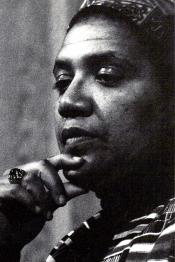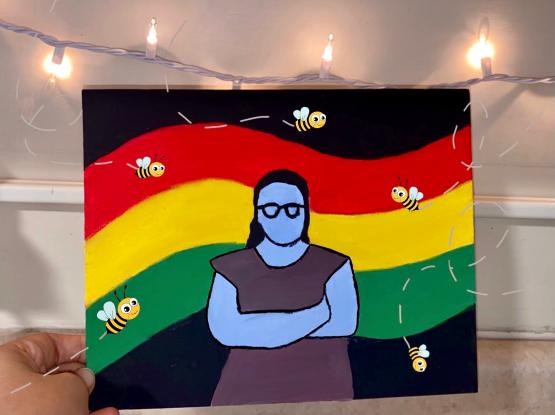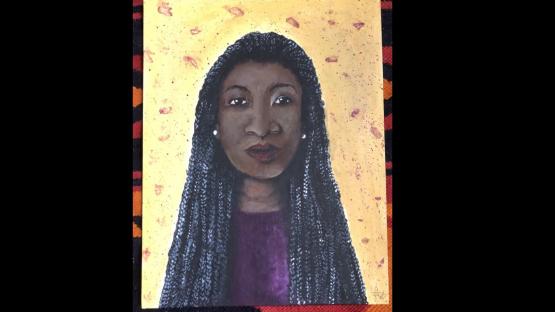March 1, 2021: Anita Hill

Anita Hill is responsible for increasing the nation’s attention on sexual harassment in the workplace. A lawyer who worked at the Department of Education and Equal Opportunity Office, she reported sexual harassment perpetrated by her supervisor Clarence Thomas, the second African American to be named to the Supreme Court. When Thomas was nominated to the Supreme Court in 1991, Hill was subpoenaed to testify about her experience working with him. The hearing ultimately resulted in Clarence Thomas being confirmed as a Supreme Court justice.
The hearing divided the country, with many uplifting Anita Hill as a voice for women who had suffered from sexual harassment in the workplace. Others, however, vilified her using outdated (but still used) victim shaming rhetoric that we hear today.
Both Anita Hill and Clarence Thomas are Black, and the response to Anita’s testimony is indicative of the challenge women of color may face when reporting abuse within their own communities – the fear of perpetuating stereotypes and stigmas of men of color, and particularly Black men. Thomas alleged: “This is a circus. It is a national disgrace […] As a black American, as far as I am concerned, it is a high-tech lynching for uppity blacks who in any way deign to think for themselves, to do for themselves, to have different ideas. It is a message that, unless you kowtow to an old order, this is what will happen to you. You will be lynched, destroyed, caricatured by a committee of the U.S. Senate, rather than hung from a tree.” In this way, Anita was frequently singularly viewed through the lens of her gender.
Ideas for Art:
- Word Bubbles demonstrating stigma of sexual harassment and how to respond within the workplace.
- Anita Hill testifying in front of an all-white, all-male Judiciary Committee.
- Anita Hill reading letters of support from women (or just a letter of support to Anita Hill).
Works Cited:
Jacobs, Julia (2018). Anita Hill’s Testimony and Other Key Moments From the Clarence Thomas Hearings. The New York Times. September 20. https://www.nytimes.com/2018/09/20/us/politics/anita-hill-testimony-cla…


























